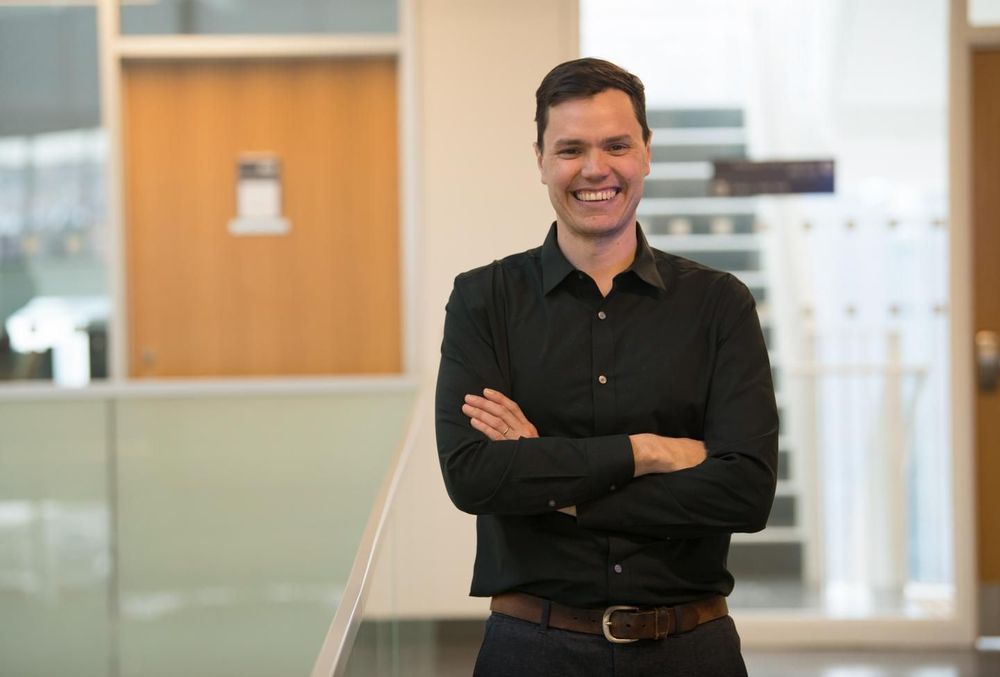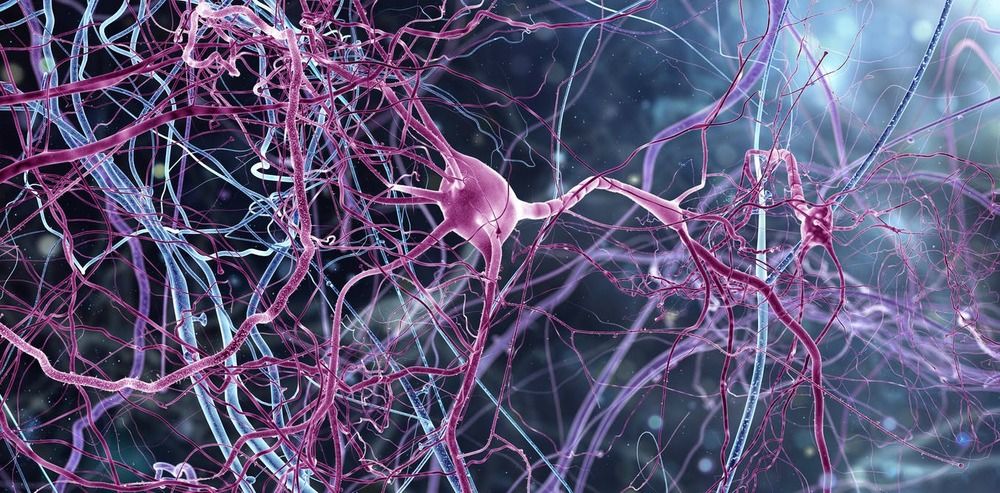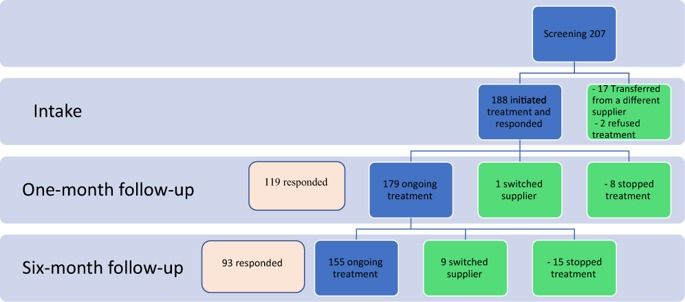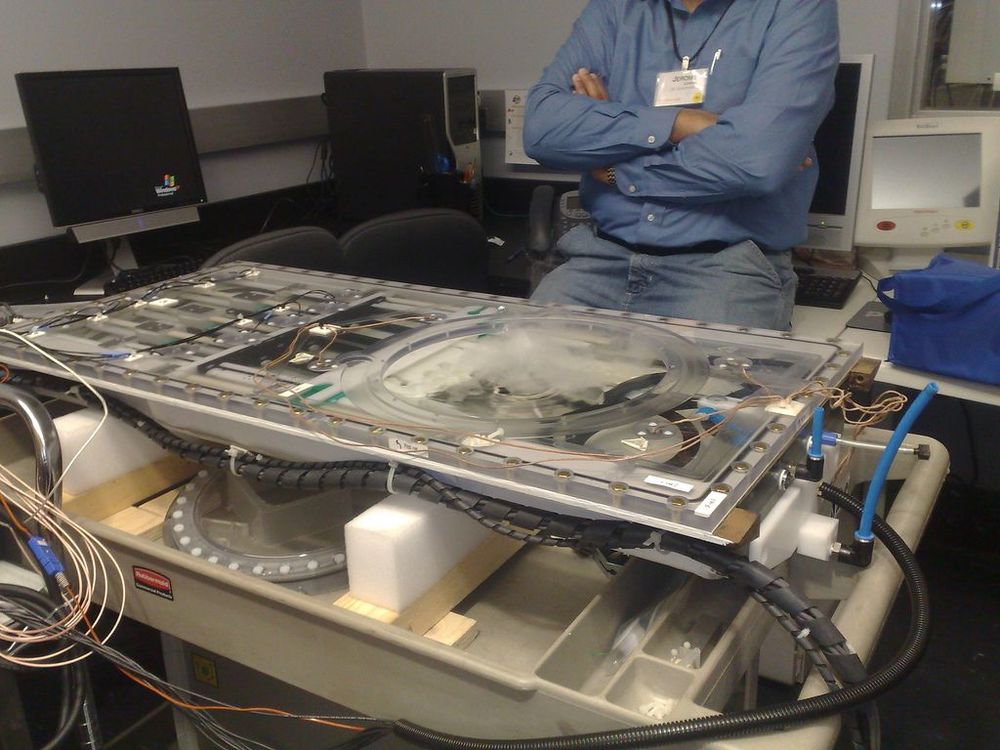Page 9135
Feb 7, 2019
Drug microdosing effects may not measure up to big expectations
Posted by Xavier Rosseel in categories: biotech/medical, neuroscience
Taking very small amounts of psychedelic substances on a regular basis – called ‘microdosing’ – may improve psychological and cognitive functioning, but the effects do not exactly match users’ expectations, a new study from Macquarie University suggests.
Microdosing of substances like LSD and psilocybin (found in magic mushrooms) has had a recent surge in popularity, with proponents claiming wide-ranging benefits, including enhanced productivity, concentration, creativity, mood and wellbeing, all without the typical ‘high’ of psychedelics.
This is the first published longitudinal study to test these claims, in which researchers recruited 98 ‘microdosers’ from online forums and tracked their experiences over a six-week period.
Continue reading “Drug microdosing effects may not measure up to big expectations” »
Feb 7, 2019
‘The breakthrough of the 21st century as far as I’m concerned’
Posted by Mary Jain in categories: innovation, robotics/AI

For most of us, receiving junk mail is an annoyance. For Sydney woman Lisa Hayes, it’s a thrill.
She was born completely blind and has never known what it’s like to scan through the items in unsolicited catalogues that get stuffed into her letter box. That was until last September when she received a small device that clips onto a pair of glasses and uses sophisticated artificial intelligence technology to recognise faces and read text for her.
Continue reading “‘The breakthrough of the 21st century as far as I’m concerned’” »
Feb 7, 2019
A very small number of crops are dominating globally. That’s bad news for sustainable agriculture
Posted by Xavier Rosseel in categories: food, sustainability
A new U of T study suggests that globally we’re growing more of the same kinds of crops, and this presents major challenges for agricultural sustainability on a global scale.
The study, done by an international team of researchers led by U of T assistant professor Adam Martin, used data from the U.N.’s Food and Agricultural Organization (FAO) to look at which crops were grown where on large-scale industrial farmlands from 1961 to 2014.
They found that within regions crop diversity has actually increased — in North America for example, 93 different crops are now grown compared to 80 back in the 1960s. The problem, Martin says, is that on a global scale we’re now seeing more of the same kinds of crops being grown on much larger scales.
Feb 6, 2019
Automate Your Plant Watering With This DIY Arduino Kit
Posted by Genevieve Klien in category: futurism
Feb 6, 2019
How we identified brain patterns of consciousness
Posted by Xavier Rosseel in categories: biotech/medical, neuroscience
Specific brain networks are at work when we are conscious. New results can help distinguish truly unconscious patients from those who have some degree of consciousness.
Feb 6, 2019
Real life Experience of Medical Cannabis Treatment in Autism: Analysis of Safety and Efficacy
Posted by James Christian Smith in categories: biotech/medical, neuroscience
There has been a dramatic increase in the number of children diagnosed with autism spectrum disorders (ASD) worldwide. Recently anecdotal evidence of possible therapeutic effects of cannabis products has emerged. The aim of this study is to characterize the epidemiology of ASD patients receiving medical cannabis treatment and to describe its safety and efficacy. We analysed the data prospectively collected as part of the treatment program of 188 ASD patients treated with medical cannabis between 2015 and 2017. The treatment in majority of the patients was based on cannabis oil containing 30% CBD and 1.5% THC. Symptoms inventory, patient global assessment and side effects at 6 months were primary outcomes of interest and were assessed by structured questionnaires. After six months of treatment 82.4% of patients (155) were in active treatment and 60.0% (93) have been assessed; 28 patients (30.1%) reported a significant improvement, 50 (53.7%) moderate, 6 (6.4%) slight and 8 (8.6%) had no change in their condition. Twenty-three patients (25.2%) experienced at least one side effect; the most common was restlessness (6.6%). Cannabis in ASD patients appears to be well tolerated, safe and effective option to relieve symptoms associated with ASD.
Feb 6, 2019
A Nuclear Fusion Reactor Just Set Several World Records
Posted by Quinn Sena in category: nuclear energy
Feb 6, 2019
Scientists have discovered a way to destroy cancer tumors using nothing but sound waves
Posted by Quinn Sena in categories: biotech/medical, innovation
(Natural News) A recent breakthrough in high-intensity focused ultrasound therapy (HIFU) technology has proven its use as an effective cancer treatment. A multi-institutional research team from China developed a semi-enclosed, spherical cavity transducer that can produce a focused, standing-wave field with a subwavelength-scale focal region and extremely high ultrasound intensity. The spherical cavity transducer appeared to generate tighter focal regions and greater pressure amplitude compared with the traditional concave spherical transducer. Researchers said the level of intensity generated by the new transducer design may lead to significant improvements in HIFU therapy. The findings were published in the Journal of Applied Physics.
HIFU is a non-invasive, targeted treatment that makes use of sound waves to eradicate cancer cells. HIFU uses an ultrasonic transducer to convert electrical signals into sound waves, then concentrates ultrasound into a small focal region to raise the temperature to more than 65 decrees Celsius, thereby killing cancer cells in the process without inducing damage to surrounding tissues. The technique works in the same manner as focusing sunlight through a lens, which helps eliminate the disease-causing cells.
HIFU can be used as an alternative to traditional cancer treatments such as chemotherapy and surgery.

















